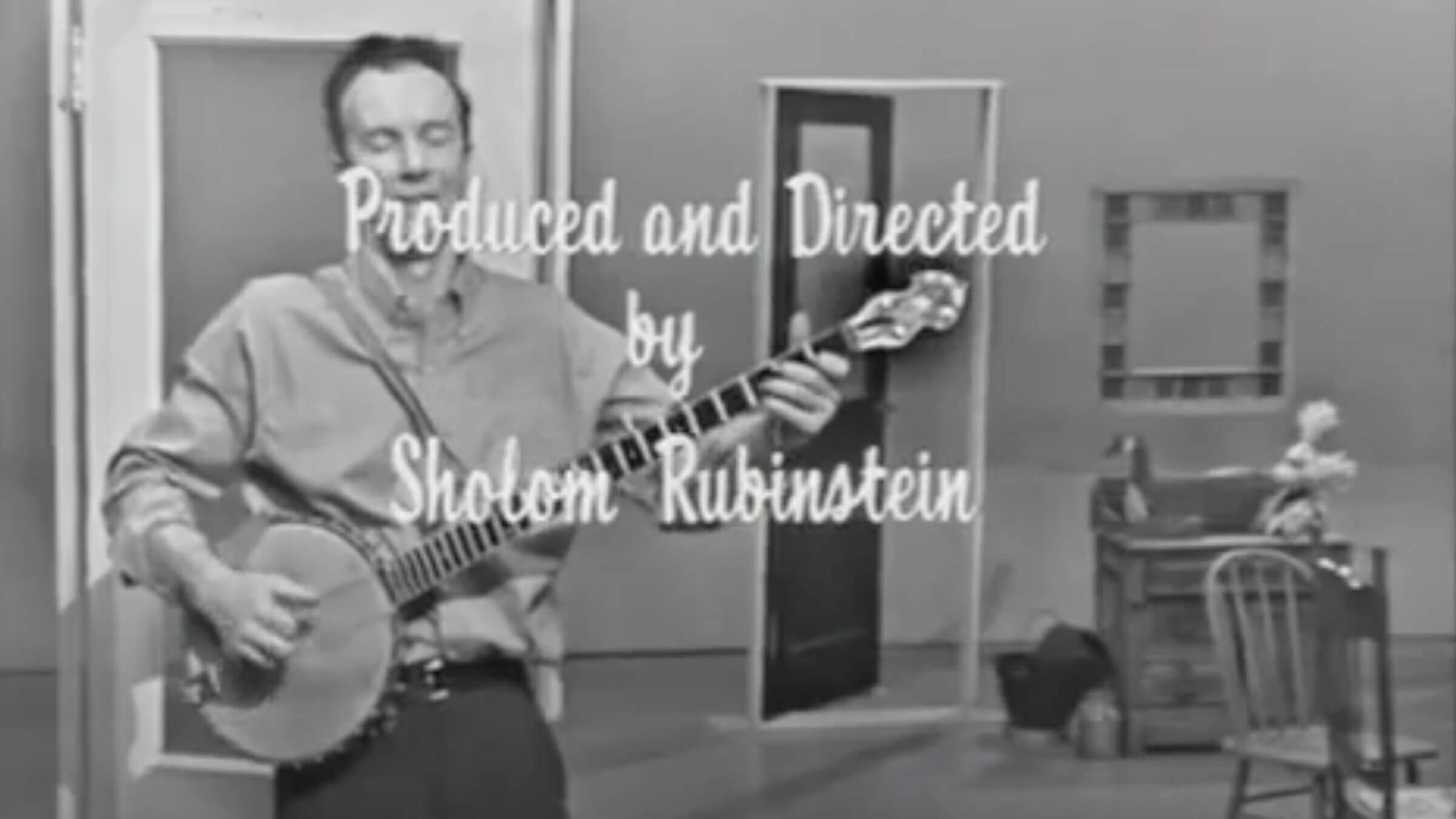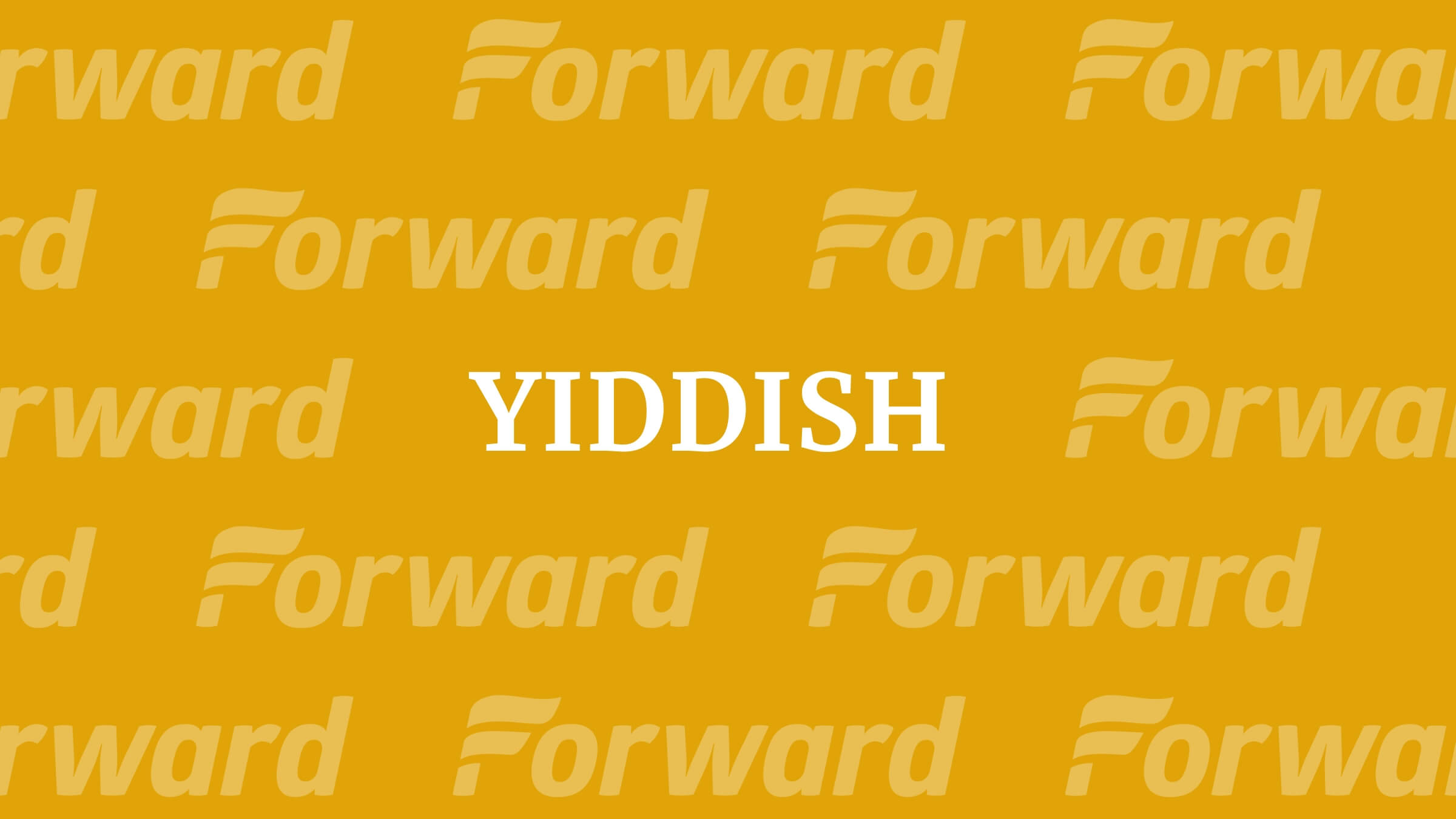Looking for a free, online resource to learn Yiddish?
See the differences between Yiddish Duolingo, Yiddish Pop and other popular tools for learning the 'mame-loshn'

See the differences between Yiddish Duolingo, Yiddish Pop and other popular tools for learning the 'mame-loshn'

Sholom Rubinstein was instrumental to the music show, but too often goes uncredited

This article originally appeared in the Yiddish Forverts. Few people today know that in the 1950s, Yiddish programming on Israeli radio had half a million listeners every evening. Even Jews from abroad would listen, including those behind the Iron Curtain, where Jews would seek out ways to listen to the banned transmissions on their transistor…

This article originally appeared in the Yiddish Forverts. The decision by the Israel Broadcasting Authority, as part of its transformation into a new agency—the Israel Broadcasting Corporation— to drastically reduce its daily Yiddish radio programming to a weekly half-hour broadcast greatly disappointed Yiddish listeners around the world. None of us, however, were surprised. The writing…
Crossposted From Under the Fig Tree Over the years, I’ve attended lots of symposia but never one that began with the ringing of chimes and concluded with a most hearty and prolonged round of applause. These two sounds, along with the sight of presenters swaying to the beat of “Yiddish Melodies in Swing” or singing…

Crossposted From Under the Fig Tree Nearly 30 years ago, when musician and musicologist Henry Sapoznik first stumbled across a cache of aluminum transcription disks of Yiddish radio shows from interwar America, little did he suspect that they would find a home at the Library of Congress. Abandoned in an attic, deposited in a dumpster,…








100% of profits support our journalism